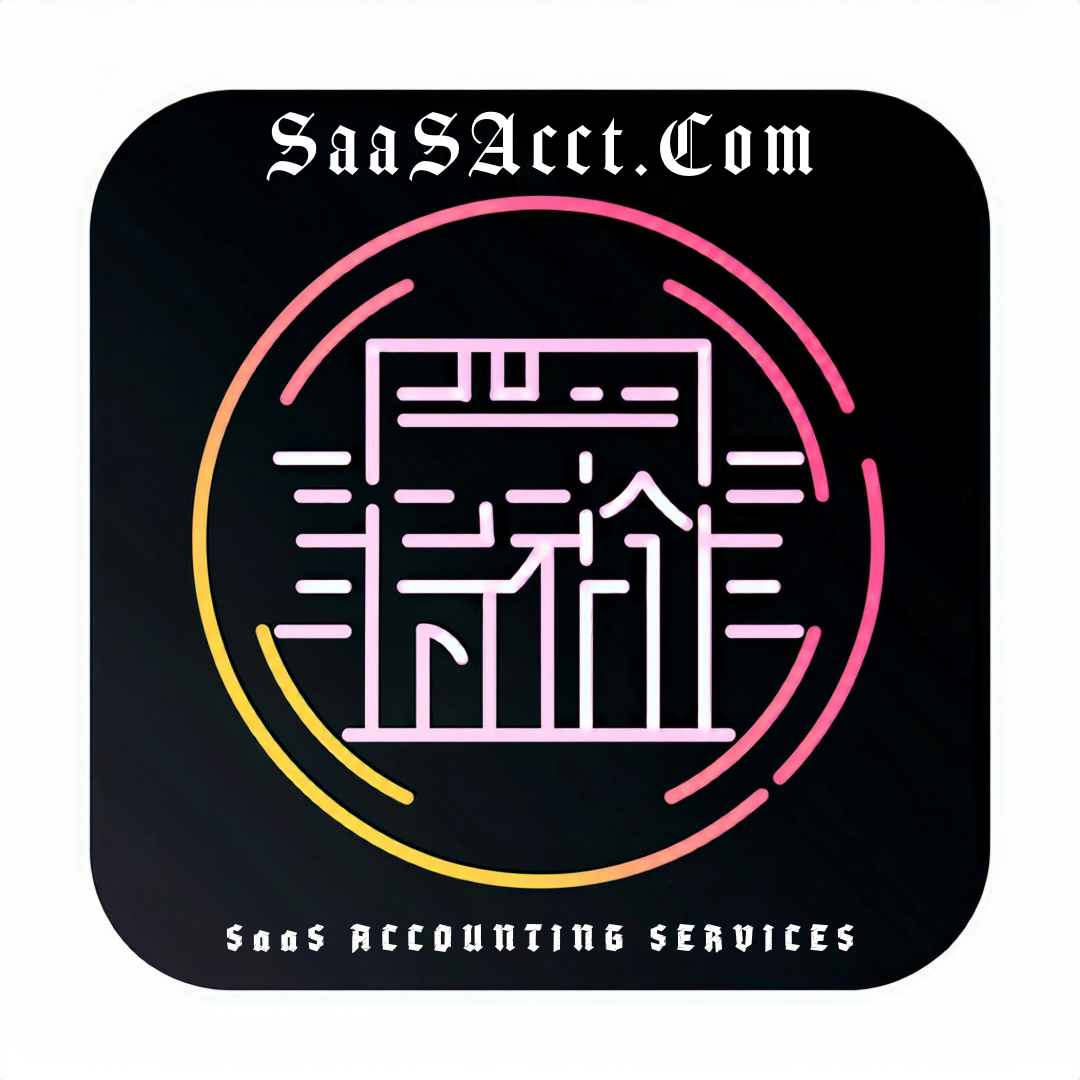Understanding Revenue Recognition
For software as a service (SaaS) companies, proper accounting is crucial to managing finances effectively. Revenue recognition, governed by accounting standards such as ASC 606 and IFRS 15, dictates that revenue should not be recognized upfront when customers pay. Instead, companies typically recognize it ratably over the subscription term. This method ensures that financial statements accurately reflect the revenue earned.
Managing Deferred Revenue
Deferred revenue plays a significant role in SaaS accounting. Payments received ahead of service delivery are considered a liability, known as deferred revenue. As the service is delivered over time, this deferred revenue is gradually recognized as actual revenue. Monitoring deferred revenue helps SaaS companies maintain financial clarity while meeting their obligations to customers.
Analyzing Key Metrics: CAC and CLTV
Customer Acquisition Cost (CAC) and Customer Lifetime Value (CLTV) are vital metrics for assessing a SaaS company’s profitability. Tracking CAC allows businesses to understand the expense associated with acquiring new customers. Meanwhile, CLTV provides insights into the total revenue expected from a customer relationship. Evaluating these figures helps SaaS businesses strategize their marketing and sales efforts effectively.
Additionally, understanding the churn rate—the rate at which customers cancel their subscriptions—serves as a key indicator of customer satisfaction and overall business health. Monitoring Monthly Recurring Revenue (MRR) and Annual Recurring Revenue (ARR) also aids in evaluating financial stability and growth potential.

